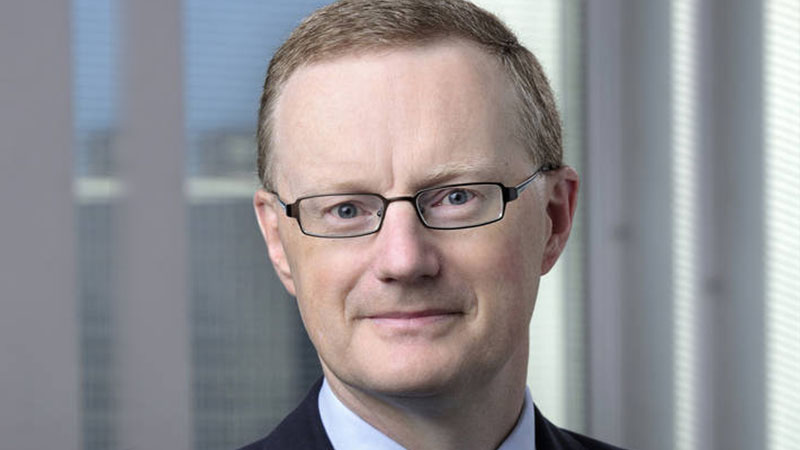Minutes from the Reserve Bank of Australia’s (RBA) July monetary policy meeting revealed the support for a 25-basis point (bp) rise was unlikely, when compared to the conversation in June that indicated it would take a “steady approach to withdrawing monetary policy stimulus”.
This month, the RBA bumped up the cash rate to 50 bps for the second time, taking the official cash rate to 1.35 per cent. It had moved by the same amount in June, the largest increase to the cash rate in 22 years.
The July minutes revealed that members “considered the possibility of raising interest rates by 25 basis points or 50 basis points”. However, members agreed that “arguments for raising interest rates by 50 basis points were stronger”.
The justification for a 50-bp rise in June was similar to July, with Mr Lowe indicating high inflation, supply constraints and rising prices — although indicated in July there were “signs that price pressures” in parts of the global economy had started to abate.
Current inflation figures are at 5.1 per cent, with June’s consumer price index (CPI) to be released next week.
Mr Lowe expects those figures will be a “step-up” heading towards the anticipated 7 per cent peak in December, as wage growth, global supply chain issues, and weather events continue to drive price increases.
During a speech on Wednesday (20 July), Mr Lowe stressed the importance of getting inflation back to within the bank’s 2 per cent to 3 per cent target band, which would require more rate rises this year.
“If we take the 2.5 per cent midpoint of the inflation target as a reasonable estimate of medium-term inflation expectations, this suggests the neutral nominal [cash] rate is at least 2.5 per cent,” the governor said.
When making his decision on how much to increase the cash rate, Mr Lowe observed house prices had dipped in the June quarter but household consumption was “supported by growth” and the pipeline of residential dwelling construction remained high despite capacity constraints.
In addition, owner-occupier housing credit growth had eased in recent months and commitments for housing loans for both owner-occupiers and investors had “edged down” from their recent peaks.
“This was consistent with some signs of activity easing in the housing market."
Banks pass on their costs
Following the May and June rate rise, banks began passing on the cost to borrowers, which Mr Lowe added the board had “observed”.
While the proportion of borrowers locking in fixed-rate loans had plunged, fixed-rate loans accounted for “almost 40 per cent” of outstanding housing credit, thus it was expected banks will begin passing on the increase in rates to these borrowers over the next couple of years, Mr Lowe said.
In addition, lending to large and medium-sized businesses “continued to grow strongly”, supported by economic growth and “demand for housing finance remained high”.
Despite the high debt-to-income ratio recently observed Mr Lowe said borrowers had accumulated “significant balances” in offset and redraw accounts.
“Although the distribution of these buffers was likely to vary significantly across different types of borrowers.”
The central bank also noted the stock of housing credit as a share of household disposable income was around "three times higher than in the 1990s", which suggested the cash-flow channel of monetary policy had become larger over this period.
Banks expect 50-bp hike
As the RBA moves swiftly to normalise pandemic era monetary policy and curb rising prices, Westpac economist Bill Evans said the standard practice of 25-bp increments appear to have been “discarded for the time being”.
“The assessment of the economy is quite upbeat highlighting the obvious strength of the labour market; risks around the outlook for wages growth; and the current resilience of spending," Mr Evans said.
“The collapse in consumer confidence is noted but qualified against the current spending. [And] the weakness in the housing market is compared with how far prices have already increased.
“We do expect that the Board will resist the option to raise the cash rate by 75 basis points in August with 50 basis points remaining the preferred option.”
ANZ echoed similar expectations of a 50-bp hike next month, followed by three more, revising its forecast to 3.35 per cent by November.
In addition last week, both NAB and Westpac updated their forecasts, with the two banks agreeing that, by February 2023, the cash rate will be 2.6 per cent.
[Related: Boosting productivity will help steer inflation back down: Lowe]
 ;
;
